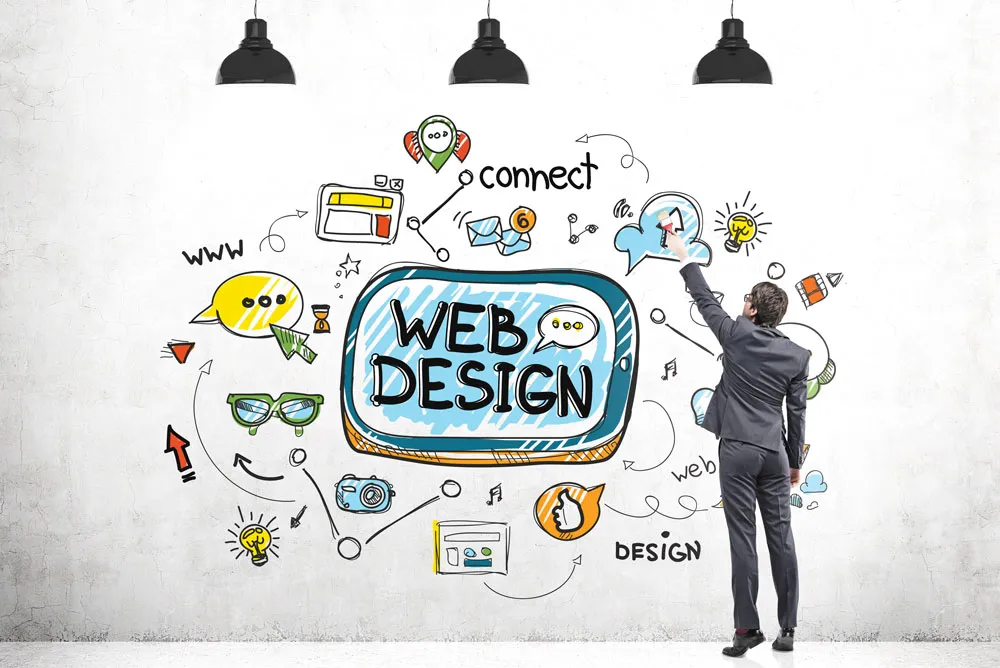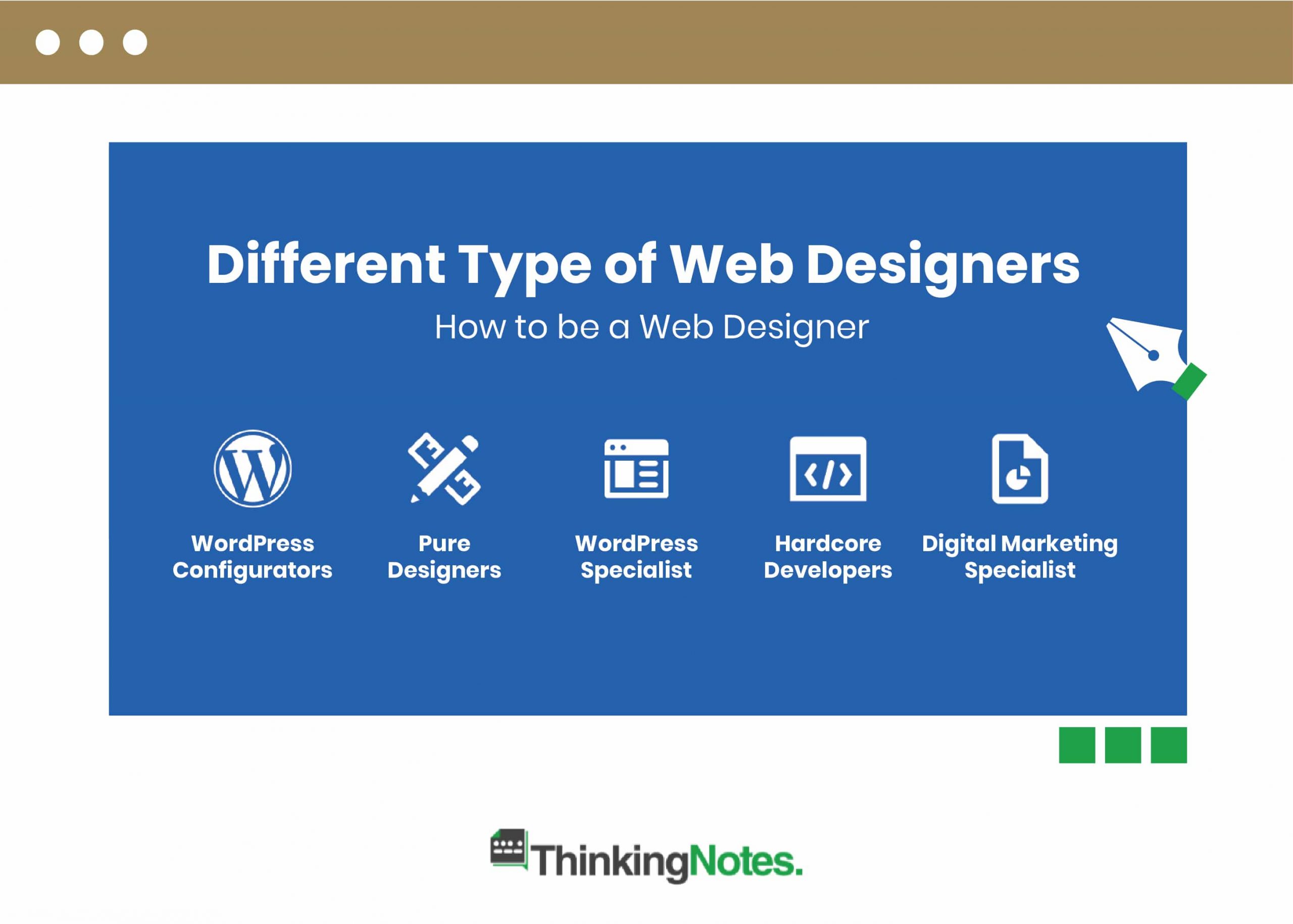Affordable Web Design Services That Deliver Stunning Results
Affordable Web Design Services That Deliver Stunning Results
Blog Article
Understanding Customer Experience: Secret Principles for Effective Web Style
In the world of internet layout, recognizing user experience (UX) is vital to developing platforms that not only attract but also preserve customers. Trick principles such as intuitive navigation and effective feedback mechanisms play important functions in promoting customer satisfaction. Additionally, considerations for ease of access guarantee that all individuals can engage with the content seamlessly.
Value of Customer Experience

In the realm of internet style, one can not ignore the significance of user experience (UX) as a crucial aspect that straight influences the success of a site. When users run into a engaging and instinctive interface, they are extra likely to discover the content, transform into clients, or share their experiences with others.
It includes the general capability of an internet site, guaranteeing that navigating is seamless and information is quickly available. Internet sites that focus on UX are often viewed as more credible and qualified, which can have an extensive influence on conversion prices.
Inevitably, buying user experience is not simply a design choice; it is a tactical decision that can differentiate a brand name in a jampacked industry. By concentrating on UX, companies can develop significant interactions that resonate with individuals, leading the way for continual success in the digital landscape.
Functionality Concepts
Efficient website design hinges on the application of key use concepts that guarantee a web site is both user-friendly and functional. Central to these concepts is the idea of intuitiveness, where users can navigate the site easily without considerable guideline. Clear navigation structures, consisting of consistent layouts and well-labeled food selections, improve this intuitive experience, permitting individuals to locate details quickly.

Uniformity is similarly crucial; preserving uniformity in layout aspects, terminology, and procedures throughout the website aids to lessen confusion. Users need to not need to relearn how to interact with various sections of the site.
Furthermore, mistake avoidance and recovery are important for use. Internet sites ought to be designed to decrease the possibility of user errors, and when blunders occur, clear and constructive error messages need to direct users in the direction of resolution.
Ease Of Access Considerations
Making sure ease of access in website design is extremely important for producing comprehensive digital experiences that satisfy all users, including those with disabilities. Availability considerations include making web sites that suit diverse demands, enabling individuals with visual, acoustic, cognitive, or motor disabilities to browse and communicate properly.
To achieve this, web developers should follow established standards, such as the Internet Content Availability Standards (WCAG) These guidelines offer a structure for making material perceivable, operable, understandable, and robust. Secret methods consist of making certain sufficient color contrast, giving message alternatives for non-text material, and ensuring keyboard navigability.
Furthermore, semantic HTML must be made use of to enhance screen reader compatibility, enabling individuals with aesthetic impairments to comprehend the framework and significance of web content with ease. web design. Providing clear, concise instructions and using straightforward language can even more boost use for people with cognitive disabilities
Regular accessibility testing, involving real users with disabilities, is vital to identify obstacles and improve the individual experience. By focusing on access, internet developers not just follow legal requirements however additionally cultivate a more equitable digital landscape, inevitably profiting everybody with improved usability and engagement.
Aesthetic Design Components
A myriad of visual design components plays a vital function in find shaping customer understandings and experiences on a site. These components consist of color systems, typography, imagery, format, and whitespace, each adding to the general aesthetic allure and performance of a website.

Color pattern stimulate emotions and can influence individual actions; as an example, cozy shades may create a sense of necessity, while awesome shades frequently promote peace. Typography, on the various other hand, affects readability and can develop a brand name's character - web design. The choice of font design and size must straighten with the web site's objectives and target market
Imagery, consisting of symbols and pictures, improves narration and can substantially impact customer interaction. Top quality visuals develop a sense of professionalism, while poor-quality pictures may diminish the user experience.
Layout and whitespace are just as essential, as they lead users via the material. A well-structured format helps individuals find info promptly, while sufficient whitespace avoids mess, assisting in an extra pleasurable surfing experience.

Examining and Iteration
Individual screening and iteration are essential parts of an effective web style procedure. Customer testing includes observing just how actual users engage with an internet site, determining usability issues, and comprehending customer actions.
Iteration, on the other hand, is the process of improving the layout based upon the insights gained from individual testing. By making step-by-step changes and re-evaluating the style, groups can improve capability, boost aesthetic appeals, and enhance individual involvement. This intermittent strategy cultivates a society of continuous improvement, allowing developers to adapt to individual demands and emerging trends effectively.
Additionally, integrating both user testing and version right into the layout procedure results in more educated decision-making and ultimately results in a more user-centered product. By welcoming these concepts, internet developers can produce much more intuitive, engaging, and efficient experiences that reverberate with their target audience, ultimately driving higher customer satisfaction and retention.
Verdict
Finally, individual experience is an essential part of efficient web design, incorporating functionality, availability, and aesthetic considerations. Following well-known concepts improves user contentment and interaction, fostering an extra comprehensive online setting. Constant testing and model offer as crucial processes for resolving and recognizing customer discomfort points, making certain that web styles remain versatile to progressing needs. By focusing on these elements, internet designers can produce interfaces that not just fulfill individual assumptions however additionally promote enduring connections.
In the world of internet design, understanding customer experience (UX) is vital to creating platforms that not only draw in yet additionally retain More about the author users.In the realm of web style, one can not take too lightly the significance of user experience pop over to these guys (UX) as a critical aspect that directly influences the success of a site. Individual screening entails observing exactly how genuine individuals engage with an internet site, recognizing use issues, and understanding user behavior.In conclusion, user experience is a vital element of efficient web design, encompassing usability, ease of access, and aesthetic considerations. Continual screening and model offer as crucial procedures for resolving and determining individual pain points, ensuring that internet styles stay adaptable to evolving demands.
Report this page